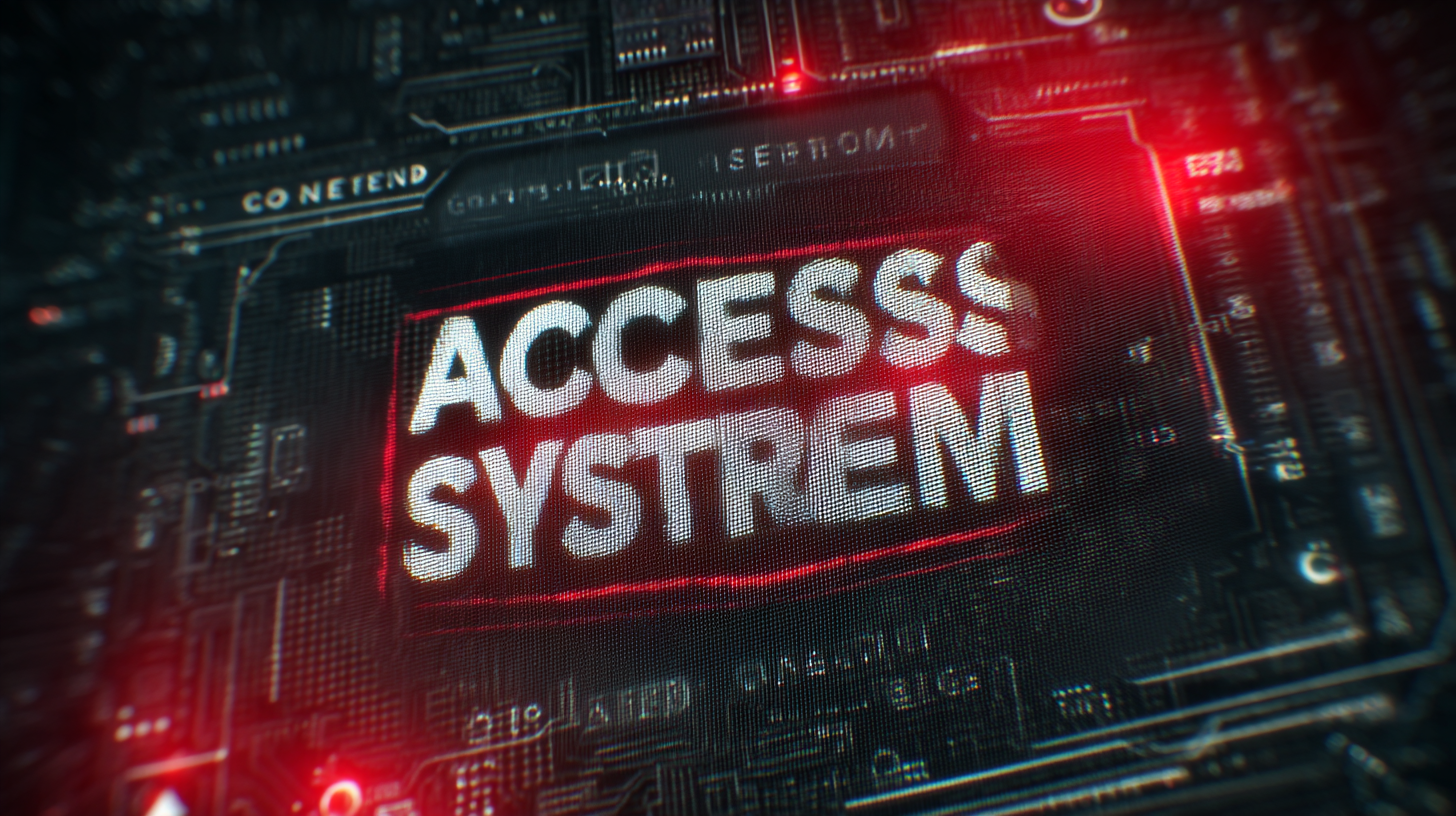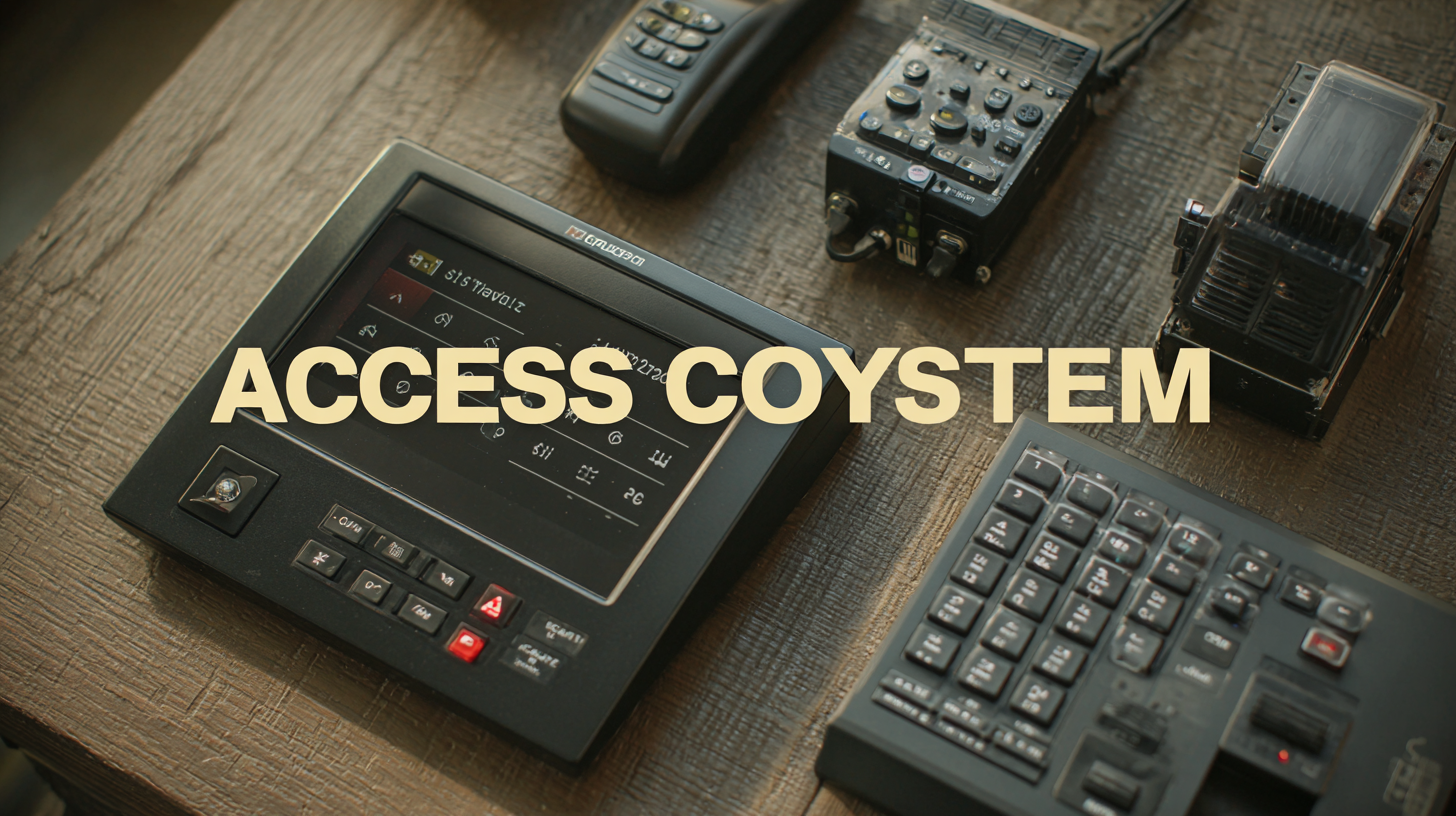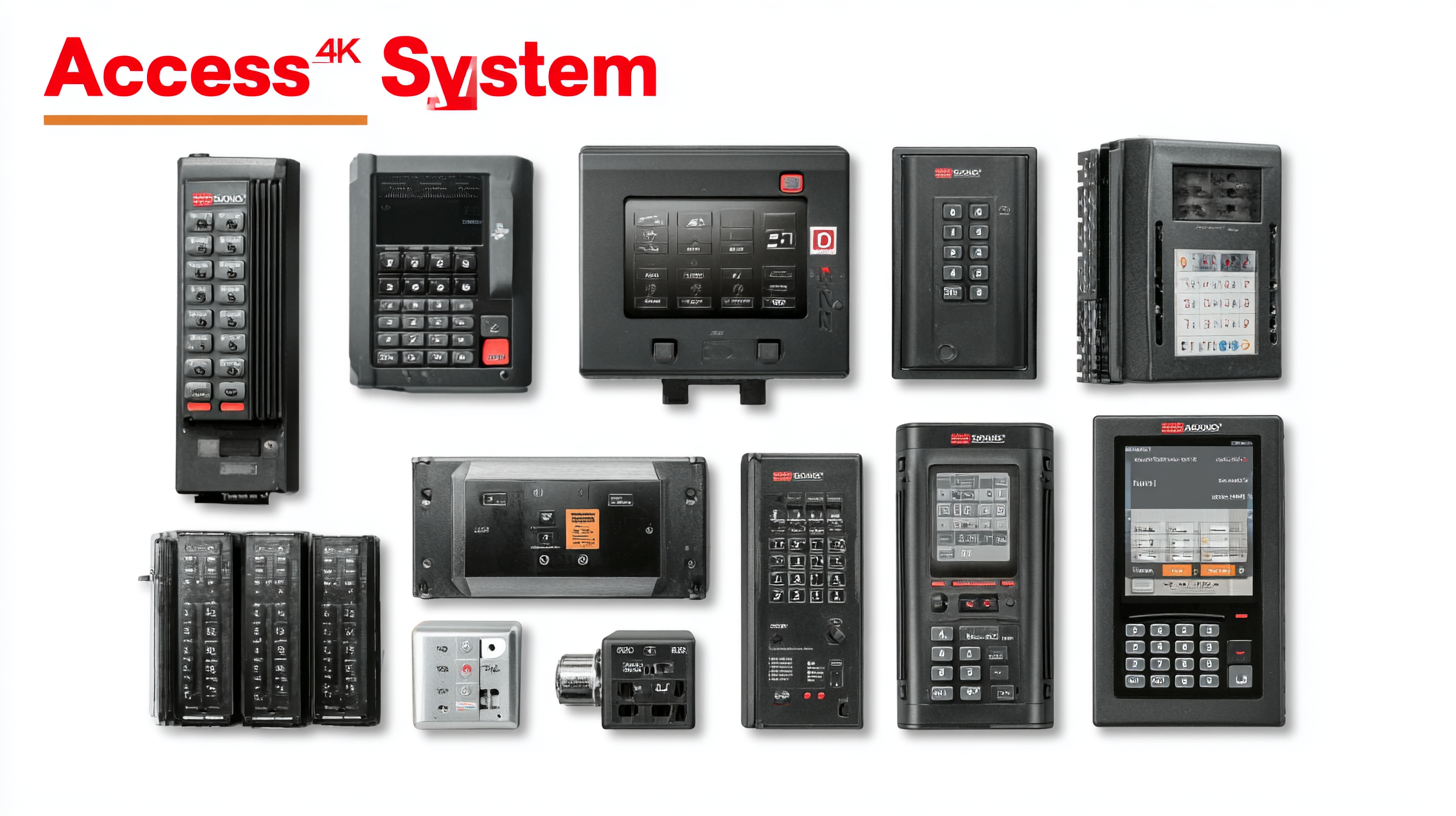5 Digital Strategies to Optimize Your Best Access Control System Purchase
In the rapidly evolving landscape of security technology, investing in the right Access Control System is paramount for both businesses and residential properties. According to a report by MarketsandMarkets, the access control market is projected to grow from $8.3 billion in 2021 to $13.9 billion by 2026, reflecting a CAGR of 11.3%. This remarkable growth underscores the increasing importance of sophisticated security measures in mitigating risks and enhancing operational efficiency.
Modern Access Control Systems not only provide physical security but also integrate seamlessly with digital management solutions, offering real-time monitoring and advanced data analytics. As organizations become more aware of the benefits tied to robust access management solutions, understanding how to optimize their purchasing decisions becomes critical.

This blog will delve into five essential digital strategies that can help you make the most informed choice when selecting your best Access Control System.
Maximizing ROI: Understanding the Financial Impact of Access Control Systems on Business Security
Investing in an access control system is not just about enhancing physical security; it’s a strategic move that can significantly impact your business's financial health. Understanding the financial ramifications of these systems is crucial for maximizing ROI. An effective access control solution offers more than just security; it reduces losses from theft and vandalism, minimizes labor costs through automated processes, and potentially lowers insurance premiums. By securing sensitive areas, businesses can avoid costly breaches that could negate the initial investment.

Moreover, the financial benefits of access control extend to increased operational efficiency. With streamlined access management, companies can spend less time monitoring security and more time focusing on core business activities. This not only enhances productivity but also fosters a safer work environment. When employees feel secure, morale and retention rates improve, further solidifying the long-term financial benefits of investing in a comprehensive access control system.
In today’s competitive landscape, understanding and leveraging these financial impacts can lead to more informed purchasing decisions and ultimately, a robust bottom line.
Evaluating Technological Integration: How API Compatibility Enhances Access Control Solutions
In today's rapidly evolving technological landscape, the integration of access control systems with existing infrastructures is paramount for organizations aiming to enhance security and streamline operations. API compatibility stands as a critical factor in achieving seamless integration. According to the Security Industry Association (SIA), approximately 70% of organizations that upgraded their access control systems reported enhanced operational efficiency due to improved interoperability with other technologies.
Furthermore, the increasing adoption of smart devices and IoT in security solutions necessitates a focus on API functionalities. A recent report from MarketsandMarkets highlights that the access control market is projected to reach $10.76 billion by 2025, driven in part by the demand for IoT-enabled solutions. Organizations that prioritize access control systems equipped with robust API capabilities can easily connect with various software applications, thereby allowing real-time data sharing and more comprehensive analytics. This connectivity not only improves threat detection but also supports a more responsive security posture, ultimately leading to a superior user experience and operational efficiency.
User Experience Matters: Leveraging UX Design to Improve Access Control System Adoption
In the realm of access control systems, user experience (UX) design plays a pivotal role in determining the success of adoption and long-term satisfaction. A well-designed UX not only enhances the functionality of the system but also ensures that users can navigate and operate it with ease. This is crucial, as a complex interface can significantly hinder user engagement, leading to frustration and decreased productivity. By prioritizing user-friendly design, manufacturers can help organizations streamline their security protocols while ensuring that employees feel comfortable and confident in using the technology.
To leverage UX design effectively, it’s essential to conduct thorough user research during the development process. Understanding the specific needs and pain points of end-users allows for the creation of intuitive interfaces that cater to their preferences. This can involve simplifying navigation, providing clear instructions, and incorporating feedback mechanisms. Additionally, engaging users in the testing phase can yield valuable insights that drive further improvements. Ultimately, a focus on UX not only aids in system adoption but also fosters a culture of security awareness, making it easier for organizations to implement their access control measures effectively.
Future-Proofing Your Purchase: Assessing Scalability and Flexibility in Access Control Technologies
When investing in an access control system, assessing scalability and flexibility is crucial for future-proofing your purchase. Scalability refers to the system's ability to grow alongside your organization. A robust access control system should be easily expandable, accommodating the addition of new users, doors, or technologies without causing disruption or demanding excessive resources. Businesses that anticipate growth need to ensure that their chosen system can adapt to evolving security needs without necessitating a complete overhaul.
Flexibility is equally important, as it enables the integration of emerging technologies and can cater to varied operational environments. The ideal access control system should facilitate seamless integration with existing infrastructure, allowing for the incorporation of biometric authentication, mobile access, or cloud-based management solutions. By prioritizing systems that offer these features, organizations can not only secure their assets today but also position themselves to effectively respond to future challenges and advancements in security technology. This foresight helps in crafting a resilient security framework that stands the test of time.

Data-Driven Decisions: Analyzing Industry Trends to Inform Your Best Access Control System Investment
Investing in an access control system requires careful consideration of the current trends in the industry. By analyzing data-driven insights, businesses can make informed choices that align with their security needs and budget. One of the key trends is the growing emphasis on cloud-based solutions. These systems offer scalability, remote access, and automated updates, making them a preferred choice for organizations looking to enhance their security posture efficiently.
Tip: When evaluating access control systems, consider how cloud integration can streamline your security measures while reducing operational costs.
Another significant trend is the rise of mobile access control. With more employees working remotely, providing secure mobile access to facilities and data has become essential. This trend not only improves convenience but also enhances security by allowing users to authenticate their identity via their smartphones.
Tip: Look for access control systems that support mobile authentication and ensure they provide comprehensive logging and reporting features for better oversight. This will enhance both convenience for users and security for your organization.